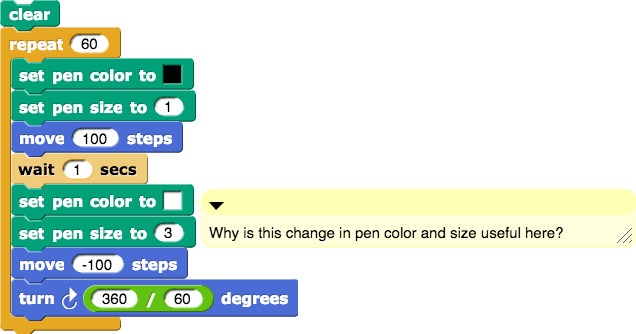On this page, you will learn about sprite turning angles, which are needed for drawing polygons. For starters, you'll draw various asterisks, like these:
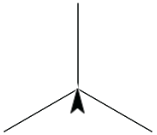
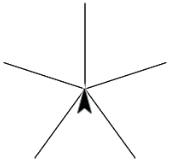
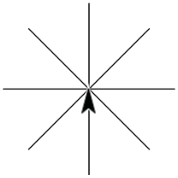
On this page, you will learn about sprite turning angles, which are needed for drawing polygons. For starters, you'll draw various asterisks, like these:



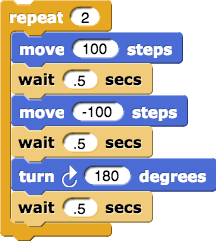
turn block input by clicking on the 180 and typing 90.repeat) until you get the sprite to finish facing the same way it started.repeat to get the sprite to finish facing the same way it started? move -100 steps block (like -50, -10, or -90), and do some of the turning experiments (above) again. Does this change the values needed for the repeat block?move block (right-click or control-click and then choose "delete"). Try some of the turning experiments again. is a quarter turn. You don't have to do the division yourself. Snap! can compute it for you. You can use
is a quarter turn. You don't have to do the division yourself. Snap! can compute it for you. You can use  or
or  to get a seventh of a turn or a third of a turn.
to get a seventh of a turn or a third of a turn. move -100 steps block.move -100 steps block again.